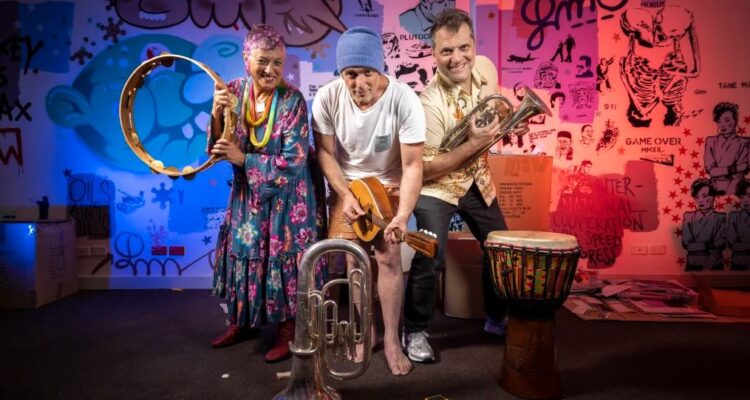The Yiddish language, a fusion of Hebrew and a number of European languages, including German, has been around for more than 1000 years. At its peak, more than 10 million people spoke this hybrid tongue, but the Holocaust almost wiped it out. Since the war, Yiddish has largely been limited to members of the Hasidic community. But in Melbourne, which is helping lead a global resurgence of the language, it is finding new currency.
Sonya Goldberg is one of a growing number of Jewish locals reconnecting with their roots by learning to speak Yiddish as an adult. While at university, they started thinking about language as a form of cultural inheritance, and as a way of connecting to history and ancestors.
“I was doing Indigenous studies and thinking about language lost,” they say. “It made me reflect on this language that had been in my life but pushed aside.”
Until then, Goldberg had thought of it largely in terms of negative associations – “it’s the language of the Holocaust, it’s the language of Europe, why would you speak it?” – but thinking about their ancestor’s language through the prism of another group made them think differently.
“It made me feel language can hold so much culturally, memories of hundreds and hundreds of years lived in Europe, and I wanted to go into that,” they say.
Read the article in The Sydney Morning Herald.

